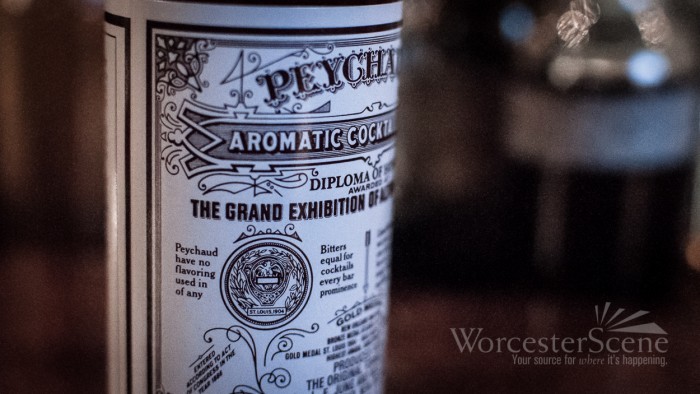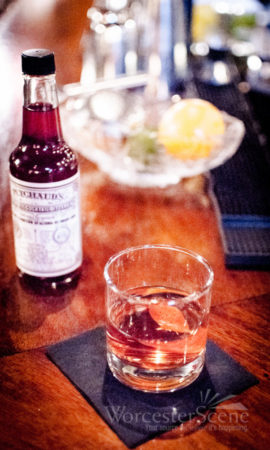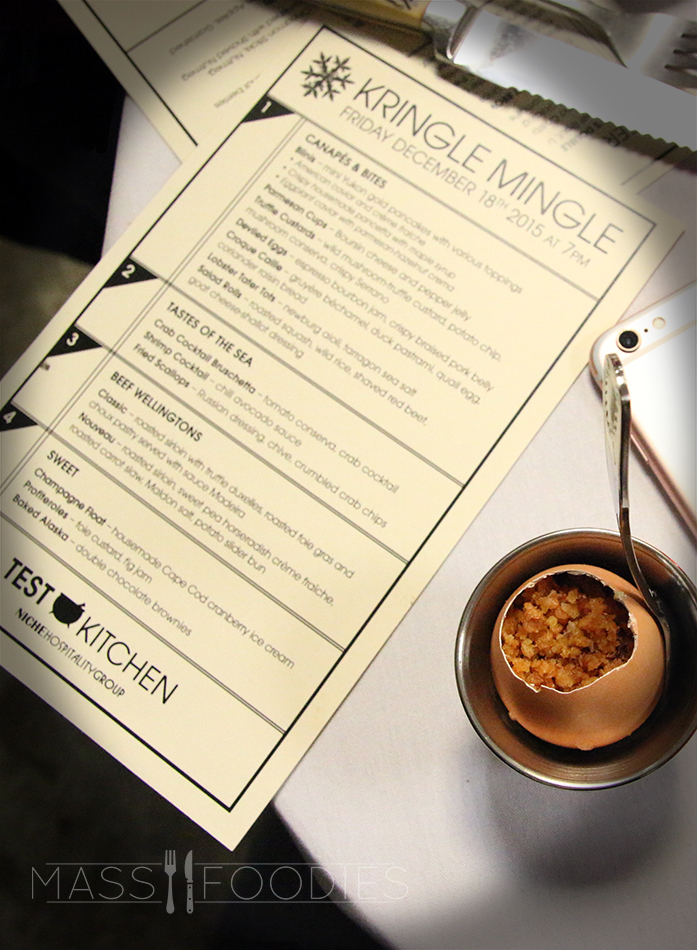
Michael B. Jordan, who plays Apollo Creed’s son in the latest Rocky reboot Creed, said he shot all of the boxing scenes first. He trained hard and took some tough hits from real-life boxers. The day after he finished shooting, he had a temperature of 103. He told sports reporter Bill Simmons that it was as if his body knew his personal goal, then broke down as soon as it could.
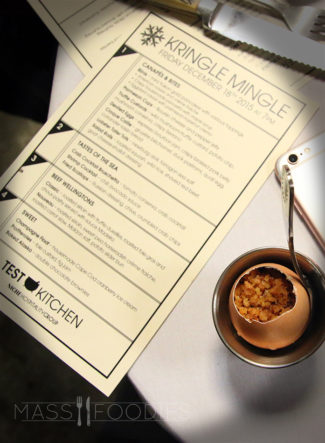 I felt similar about my three and a half hours of eating and drinking at the Kringle Mingle. I had a mission. Even when I felt full, I powered through like a heavyweight, but a different type—like one who will need to switch to elastic waistband pants and flowy tops with no imposing buttons or zippers.
I felt similar about my three and a half hours of eating and drinking at the Kringle Mingle. I had a mission. Even when I felt full, I powered through like a heavyweight, but a different type—like one who will need to switch to elastic waistband pants and flowy tops with no imposing buttons or zippers.
The Kringle Mingle, which was hosted by Niche Hospitality, in their Test Kitchen on Major Taylor Blvd. is a notable addition to the Worcester scene for more reasons than filling up their guests with a bevy of food. People who attended this event and previous ones, as well as individuals who aspire to one day make it to a Test Kitchen event, can vouch that this new haunt is very exciting.
Here’s why in five succinct points.
- Eating isn’t the only entertainment. You can watch your food be plated and prepped while you drool over it and drink your cocktail, vino or brew of choice. At my table, our mouths watered while we conferred with the menu to see if we could guess what would be served next. “I think it’s the Lobster Tatter Tots!” Another rebuts, “No it can’t be! It’s the Truffle Custard.”
- Boston can’t do it. You could never find this type of event in Boston. In our capital city, they couldn’t charge a mere $85 for 17 sampling items and an open bar with three specialty drinks, two reds, two whites, two bubblies, one stout and one brown ale. They also couldn’t ensure this caliber of friendly foodie. The Kringle Mingle guests loved food and humanity enough to be civilized and remarkably unpretentious while feasting on culinary works of art. Everyone shared their opinions along with smiles and warm banter.
- The event blended dining out with the atmosphere of at-home cocktail party hosted by someone who loves to host. Niche owner, Mike Covino, brought back the Polaroid, well sort of. He took instant photos with Fuji’s latest retro tech gadget, Instax Mini. He gave guests the photos as mementos along with a bushel of cookies to take home at the end of the night.
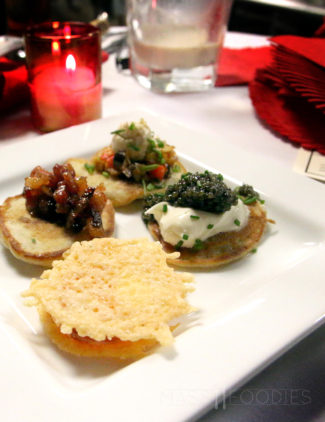 The gesture was notable because the Kringle Mingle managed to incorporate good service with a party-atmosphere comfort. While there were amazing servers available to clear plates and refresh drinks, you also felt special like you had been invited to someone’s home. In this scenario your friend has industrial kitchen equipment and fluorescent down lighting, but really knows how to throw a party. This wasn’t your typical dinner at a restaurant. It wasn’t a staged party trying too hard either. Instead you were provided with an alternative dining experience.
The gesture was notable because the Kringle Mingle managed to incorporate good service with a party-atmosphere comfort. While there were amazing servers available to clear plates and refresh drinks, you also felt special like you had been invited to someone’s home. In this scenario your friend has industrial kitchen equipment and fluorescent down lighting, but really knows how to throw a party. This wasn’t your typical dinner at a restaurant. It wasn’t a staged party trying too hard either. Instead you were provided with an alternative dining experience.
- There was something for everyone. As much as two tons of food is a lot for me personally, having a variety of samples worked to satisfy the diverse group of patrons. At my table when we tried the blinis, which was the first round served, we vowed to sample and then reveal our favorites simultaneously so no one would be swayed by another. We all chose different ones. There was a vote for the American Caviar and Crème Fraiche. Another vote came in for the Crispy Pancetta with Maple Syrup. And, I preferred the Eggplant Caviar with Parmesan-hazelnut Crema.
- No FOMO. You never felt rushed. Perhaps it’s because the Test Kitchen events are capped at 32 people, but we never felt like they were about to run out of food. When new courses were ready, no one interrupted their conversation to rush the kitchen area, where dishes were prepped and served. You were allowed to take your time without FOMO (fear of missing out). Guests even had the option to resample bites they loved. I didn’t opt for any seconds because I was on a mission to get to the three desserts: a Champagne Float, Profiteroles, and Baked Alaska. I did hear Niche Hospitality’s Executive Chef Steve Champagne joke that we couldn’t leave until all the food had been eaten. Guests shouted back that they wanted to take home the leftovers.
Highlights of the night included the Deviled Eggs with espresso bourbon jam topped with crispy braised pork belly. I don’t even like deviled eggs and these were delicious. Many tables I talked with agreed. Other favorites of the night included the classic Beef Wellington and the specialty cocktail, Saint Nick’s Revenge. Alongside spiked egg nog and a warmed whisky cider, the Test Kitchen served a tart and festive cocktail with vodka, blackberry puree, lemon juice, lemon bitters, sparkling white wine and garnished with fresh strawberries. I may need that recipe.
Niche Hospitality opens the Test Kitchen to the public for cocktail parties, like the Kringle Mingle, as well as plated dinners. And, here at Worcester Scene we can’t wait to see what they plan next.


